Island of Discoveries
Author: Dave Brown
I told myself I wouldn’t bring anything back from Mockhorn Island.
It was part of my new commitment to deaccessioning. I’m trying to winnow a lifetime of objects down to a handful—okay, an octopus’s armful—of things that have a good story or exceptional beauty. You know, Marie Kondo and all that.
Such is my commitment to deaccessioning that on my previous Upstream Alliance trip to the Virginia Seaside I’d brought a bag of shells I’d collected along the Atlantic coast over decades. I left them on the beach at the north end of Smith Island. It was an act of recycling that also felt a bit like the scattering of my own ashes.
I didn’t do so well on this trip.
I’m now the proud owner of a 3-pound, 15-ounce piece of bone. You wouldn’t have been able to pass it by either. I believe it’s from a whale. I thought it was a scapula but have been informed by an expert in whale osteology that it isn’t, so research continues.
Other people brought back equally interesting things. A sea turtle shell in need of more microbial scrubbing. Strange objects shrouded in bog iron. Bouquets of oyster shells worthy to be centerpieces at banquets. A clam shell with a pair of tiny oyster shells attached to it, like slippers left at a temple door.
But it wasn’t just stuff that we discovered.
Fireside readings are a feature of Upstream Alliance trips, and on this one the text was “Seaside Chronicles,” a collection of essays and historical documents about the Virginia barrier islands. We learned that a descendant of George Washington’s wife owned Smith Island (known as “Smith’s island”) and that it was home to a herd of sheep whose wool could grow a foot long. Such a place of salubrity, that island! We heard Tom Horton’s timeless account of his first visit to Parramore Island, and his party’s pursuit, as it returned to the mainland, by a fog bank in “seven-league boots.”
From each other we learned about English courses and the enduring importance of “Hamlet,” of little fish that live in Japanese rice paddies, of story-telling and story-hearing as a way to introduce middle-schoolers to the land and people around them.
We discovered that climate change has brought shrimp to the creeks of the barrier islands. (And, yes, we ate a few.)
We made new friends and we returned home with a little more commitment to help preserve this wonderful piece of earth.
The Barrier Islands are like that, and so are Upstream Alliance trips. You always leave with more than you brought—whether or not that includes bones and shells.

